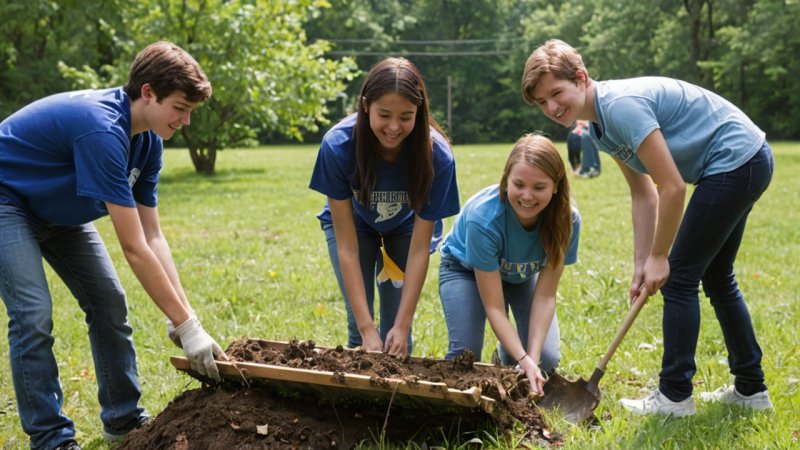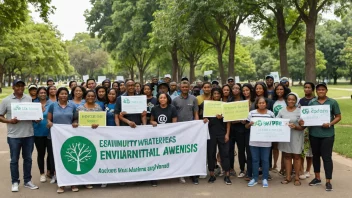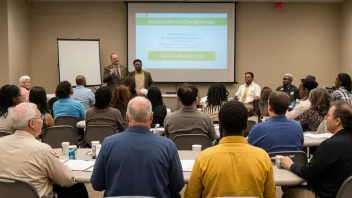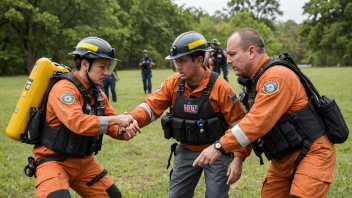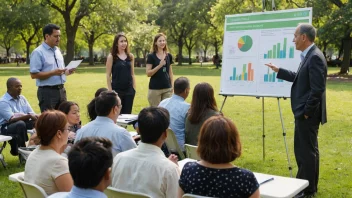Introduction
Community service plays a vital role in shaping socially responsible citizens, particularly among high school students. Engaging young individuals in community service projects not only helps those in need but also fosters personal growth, empathy, and leadership skills in students. Here are ten effective strategies to engage high school students in meaningful community service projects.
1. Connect Service to Curriculum
Integrate community service projects into the school curriculum. By aligning service activities with academic subjects, students can see the real-world applications of their learning. This connection enhances their understanding and makes the service feel more relevant.
2. Collaborate with Local Organizations
Partner with local non-profits and community organizations that align with students' interests. This not only provides students with structured opportunities but also allows them to learn from experienced community leaders and understand the impact of their efforts.
3. Create Student-Led Initiatives
Encourage students to identify community issues they are passionate about and support them in developing their own projects. This autonomy fosters leadership skills and ensures that the projects are meaningful to the students involved.
4. Offer Incentives for Participation
Recognize and reward student involvement in community service. Whether through volunteer hours, certificates, or school-wide recognition events, incentives can motivate students to participate and commit to ongoing service.
5. Leverage Technology for Outreach
Utilize social media platforms and school websites to promote community service opportunities. Creating online campaigns that showcase the impact of service can inspire students and keep them informed about upcoming projects.
6. Organize Service Days
Schedule specific days dedicated to community service. These events can be school-wide or grade-specific, and they provide an excellent opportunity for students to engage in hands-on activities while building camaraderie and teamwork.
7. Incorporate Reflection Activities
After completing service projects, hold reflection sessions where students can discuss their experiences. This helps them process what they learned and reinforces the value of their contributions, making the experience more impactful.
8. Engage Parents and Families
Encourage family involvement in community service projects. When parents and guardians participate, it not only strengthens family bonds but also sets an example for students about the importance of giving back to the community.
9. Highlight Success Stories
Share stories of successful community service projects and the positive impact they had on both the community and the students involved. Highlighting these narratives can motivate others to get involved and demonstrate the tangible benefits of service.
10. Provide Training and Resources
Offer workshops and resources to equip students with the skills they need for effective community service. Training in areas such as leadership, teamwork, and communication can empower students to take on more significant roles in their projects.
Conclusion
Engaging high school students in community service projects requires creativity, collaboration, and commitment. By implementing these ten strategies, educators and community leaders can inspire the next generation to make a difference, fostering a culture of service and social responsibility. Remember, the goal is not only to serve the community but also to cultivate compassionate and active citizens who understand the importance of giving back.
